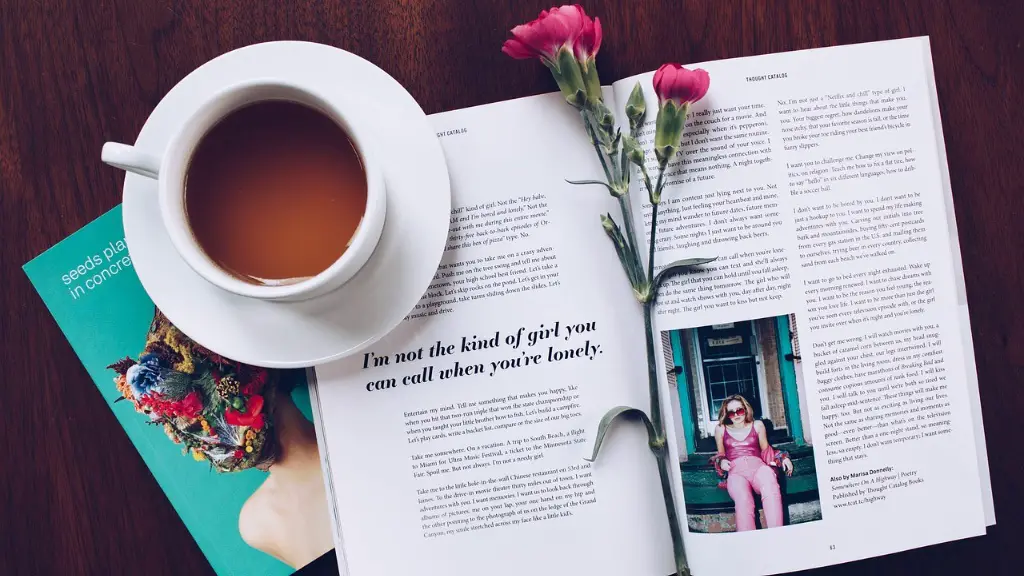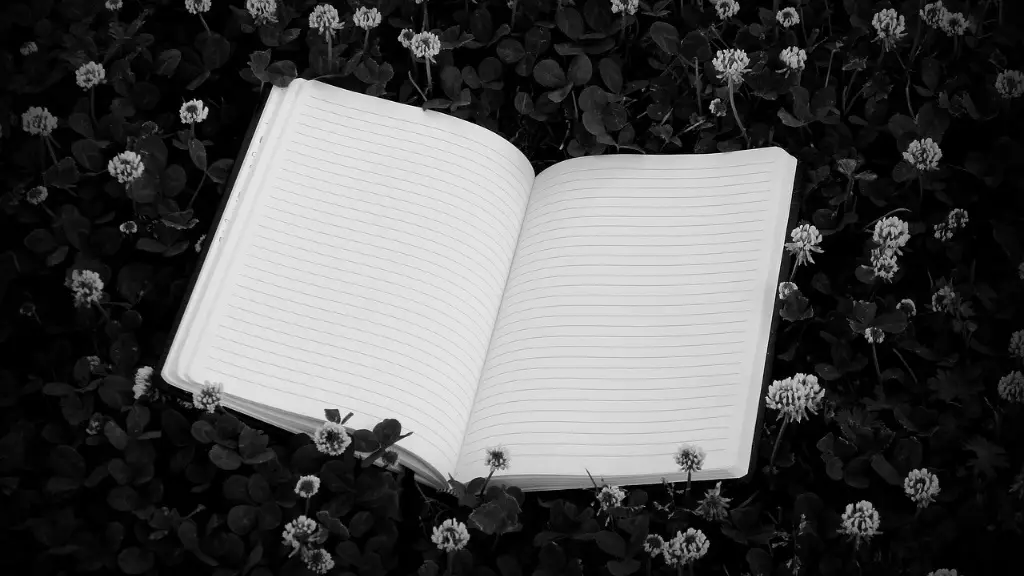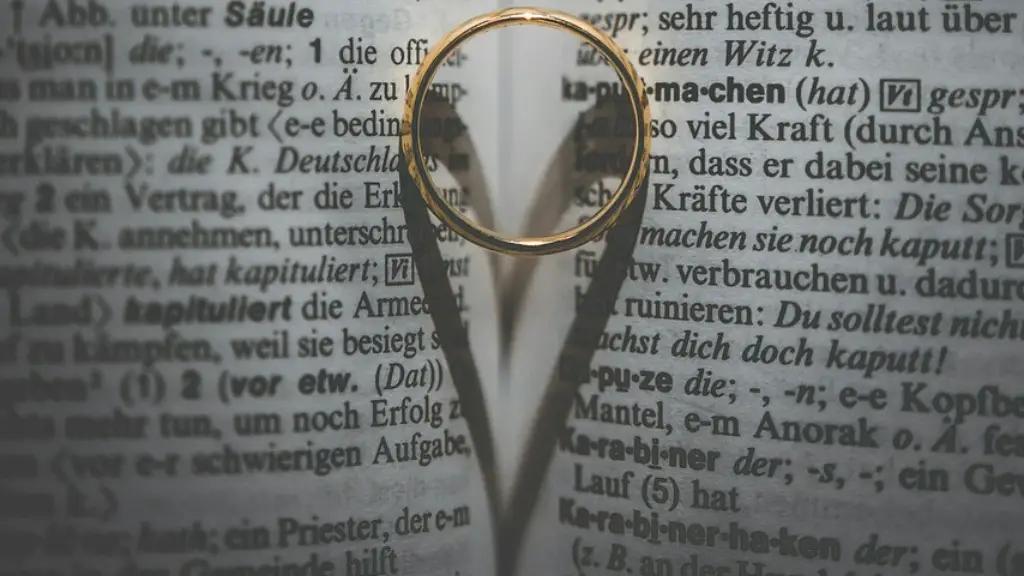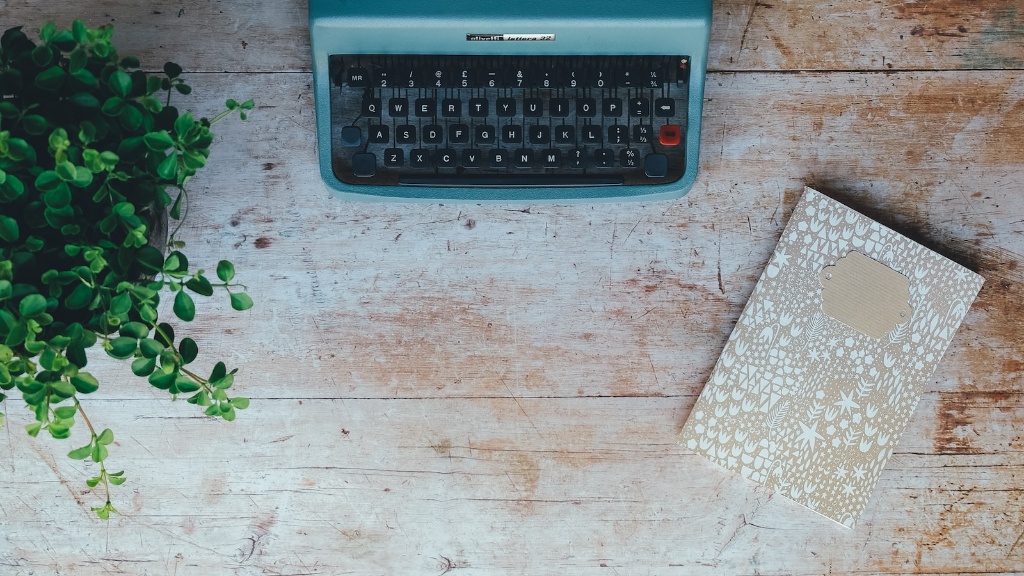What is Prose Poetry?
Prose poetry is a unique combination of literary elements that combines the characteristics of prose and poetry. It is non-traditional in that it does not follow the more conventional formatted lines, syllables and rhymes typically found in a poem. Prose poetry is written either in prose-like sentences or short paragraphs, with the intention of heightening certain linguistic structures, rhythms, and figurative language.
The Basics of Prose Poetry Writing
Writing a prose poem requires the understanding of structural and stylistic elements. First, it is important to consider the purpose and message of the prose poem before crafting the poem. Secondly, consider each unique sentence and its potential linguistic style. Although not included in most prose poems, line breaks can also be used to add to the feelings of a poem.
The title of the poem is also important to consider when writing. Titles hold a special significance in poetry as they can be seen as clues to the poet’s intentions – making it essential to pay attention to both the title and the content of the poem.
In terms of the content and form of a prose poem, the most important factor to consider is the use of rhythm and figurative language. The poem should use metaphor and imagery to express its intended message. In addition, each sentence should be crafted with special attention to its musicality and structure.
Tips on Writing Prose Poetry
Though it is helpful to have some background in poetry writing, many of the same techniques can be applied when writing a prose poem. Here are some tips to help you get started:
• Start by reading other prose poems. Analyzing these types of works of art are an important step to writing your own. Consider the themes they are exploring and the way the poet is using language to evoke emotion.
• Take some time to brainstorm important topics or messages that you would like to include in your poem. Writing about something that you are familiar with or passionate about can create a more powerful poem.
• Create a draft, but don’t feel like it has to be perfect. Writing can be a creative process and is often not linear. Keep on playing with sentences and language until you feel that it is the best representation of your creative vision.
• Embrace the beauty of ambiguity. Prose poetry often leaves room for interpretation. This style of poetry has the power to evoke a certain emotion or idea in the reader.
• Lastly, make sure you are staying true to your vision. Through the author’s use of rhythm, imagery, and structure, the poem should remain in its integrity by staying true to its purpose and message.
Typical Structure of a Prose Poem
The typical structure of a prose poem is very similar to that of a narrative or story, it includes the scene, characters, plot and resolution. The introduction will set the tone and grasp the reader’s attention, while the climax, insightful reflection and resolution will frame the story nicely. This structure, followed closely, will result in a cohesive, captivating and vivid prose poem.
Despite its light structure, the prose poem is a challenging but engaging form of poetry. Writers rely heavily on their underlying metaphors, symbolism, and plays on words among other literary techniques. To craft an impressive prose poem, it is essential to embrace various literary techniques to evoke the desired effect in the reader.
Why Write Prose Poetry?
Though a narrative prose poem may seem challenging to craft, exploring this style of literary work is highly rewarding. Prose poetry allows writers to explore different themes, stories, and reflections in an innovative manner. It encourages writers to approach literature from a new, exciting perspective, and to consider all the nuances of a particular phrase or sentence.
Furthermore, since the poem is written in prose or paragraphs instead of verse, this style allows writers and poets to tell a story in fewer words while still capturing the same intensity, depicting a range of emotions in vivid detail, and using powerful imagery to draw the reader’s focus.
Creating the Rhythm in Prose Poetry
In prose poems, the literary elements should unfold and resonate in the reader’s mind quite naturally, while still having a unique, memorable rhythm.
To do this, writers often use rhythm and repetition of words, phrases, themes, and sounds as a way to communicate their desired emotions. In addition, writer’s might also use certain figurative language, such as metaphors and similes to further encourage and support the flow of each sentence.
Furthermore, when employing the use of certain topics or themes, a writer can use words that are often associated with that particular theme, or element. An example of this would be how a writer can use the words “blossom,” “bud,” and “fading” when writing about flowers as these words have a clear connection with the topic.
Breaking the Rules of Prose Poetry
Though there are certain rules that are commonly used when writing a prose poem, some writers may find it rewarding to push the boundaries and explore the parameters of traditional prose poetry.
For example, although line breaks are not a common feature in a prose poem, some authors may be able to employ them in a way that adds to the strength of their message. However, a writer must be careful to not overuse line breaks as this often results in losing the flow of the poem.
In addition, authors may even choose to explore the idea of expanding on their prose poem and filling the poem with more storytelling and unique language. This could create a far lengthier poem with a much more powerful message.
The Power of Words in Prose Poetry
One of the most important aspects to consider when writing a prose poem is the language and words you choose. An author’s individual vocabulary is an important factor when it comes to crafting a successful poem.
The power of words and language should not be underestimated when writing a prose poem. While some authors rely heavily on repetition, other writers may choose to explore their personal thesaurus to find the most poignant and powerful words to use.
In addition to selecting words carefully, authors should pay special attention to the structure of the sentences in their prose poem. It is essential for a poem to use vivid language and extensive figurative language to portray the desired effect in the reader.
Putting it All Together: How to Write a Prose Poem
1. Consider your purpose for writing the poem: what is the message/ theme you would like to convey?
2. Brainstorm topics and relevant ideas that are related to the theme.
3. Select the title of your poem carefully.
4. Craft a draft and explore the use of figurative language, metaphors, symbols, and alliterations.
5. Familiarize yourself with the typical structure of the prose poem and use this as a template to create a cohesive story.
6. Practice the art of brevity by crafting each sentence with special attention to rhythm and flow.
7. Read your poem aloud to get a sense of the poem’s rhythm.
8. Push yourself to explore new ideas and techniques related to the poem.
9. Revise and edit your prose poem until you feel it is the best representation of your creative vision.
Using Images in Prose Poetry
In recent years, the use of images and visual illustrations have become more popular in prose poetry. Whilst this is an intriguing risk to take when writing a poem, the use of visuals can become quite powerful and beneficial.
First, adding images allows a poet to further explore their unique vision and memories associated with the prose poem. This can evoke a deeper emotion and imagination in the reader as they can view what the poet was describing given the visuals.
Furthermore, adding images can often be more entertaining for the reader as it gives them something tangible to focus on and digest, especially if the poem does not have a traditional structure. This can also be beneficial for the authors as it can make their work more approachable and to a wider audience.
Exploring Contrast in Prose Poetry
Writing prose poetry often gives writers the opportunity to explore the contrast between the two (poetry and prose) and to use the differences to create something new and unique.
Some writers will take this opportunity to begin their poem with a conventional poem format, only to transition into a more prose-like style in the second half. Others may even choose to cross between the lines of the formats during their poem, playing with the readers’ sense of structure and language.
In addition, writers might opt to use contrast within the poem itself. This could involve the subtle inclusion of oppositional words and imagery, contrasting concepts and ideas or even introducing opposite symbols in order to evoke a powerful emotion in their reader.
The Freedom of Creative Writing
When it comes to writing prose poetry, there are no rules or guidelines one must adhere to. Authors are free to explore the text and craft it in a way that will capture their reader’s attention and truly express their creative vision.
For some writers, this may involve the traditional structural elements. For others, however, it could mean something entirely different. Writers may decide to craft a non-traditional prose poem format that incorporates various forms of literature and creative writing.
The possibilities are endless and this is the beauty of prose poetry. It allows authors to explore a number of dimensions and flexibility of language to craft a work of art that is powerful, unique, and unapologetically genuine.



